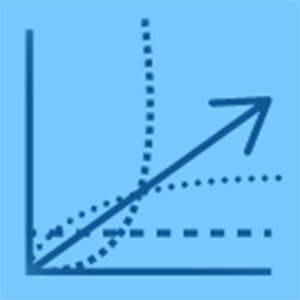This specialization is designed for individuals new to programming and seeking an accessible introduction to data science using Python and R. It equips learners with foundational knowledge of data analysis, data wrangling, and data visualization, suitable for various analyst roles.
Throughout the four courses, participants will delve into data analysis using Python and R, gaining insights into data transformation and normalization. They will learn to create graphs and charts using both programming languages, enabling them to proficiently compare data sets and produce compelling visualizations that effectively illustrate relationships within the data.
Certificate Available ✔
Get Started / More Info
This specialization comprises four courses covering data analysis in Python with pandas & matplotlib in Spyder, visualizing & communicating results in Python with Jupyter, data analysis in R with RStudio & Tidyverse, and visualizing data & communicating results in R with RStudio.
MODULE 1: Data Analysis in Python with pandas & matplotlib in Spyder
MODULE 2: Visualizing & Communicating Results in Python with Jupyter
MODULE 3: Data Analysis in R with RStudio & Tidyverse
MODULE 4: Visualizing Data & Communicating Results in R with RStudio
Learn to create your first Power BI Dashboard in this guided project, covering interactive report design, theme customization, live data publishing, and mobile view...
Learn the fundamentals of MYSQL Workbench in this 1-hour guided project, covering database creation, modeling, and manipulation.
This course explores linear regression models, examining relationships between variables using statistical software. Gain insight into predicting outcomes and assessing...
Learn to optimize supply chain networks using MILP on RStudio in under 2 hours.